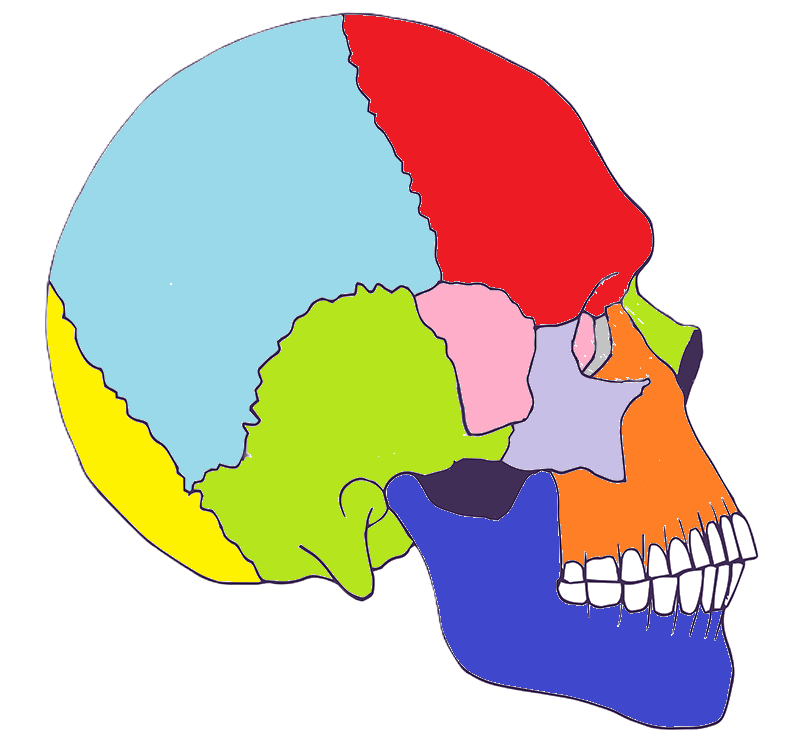
Learning the names of the bones in the human body might sound like a challenge, but what if you could turn it into a creative and hands-on activity? That’s where coloring worksheets come in! By coloring detailed pages of the human skeleton, hand, foot, and skull, students can visualize the skeletal system and learn to identify major bones, all while having fun.
These downloadable coloring pages are perfect for school students of all ages who just starting to explore human anatomy.
In all the images, students will need to identify the bones and determine what colors go with which bones. I recommend having additional resources, like a textbook or website to help students locate the bones. Alternatively, you can project the images on the overhead or smartboard and assist students with locating each of the bones.
I do not recommend doing these all at once, since my students will tend to get “coloring fatigue.” Generally, I start with the overview of the whole skeleton. Then we focus on the skull bones. Finally, my advanced classes will learn the names of the carpals and tarsals.
 Printable Pages
Printable Pages
- Full Human Skeleton – focus on the axial and appendicular skeleton (Key, TpT)
- Bones of the Skull – focus on the many bones that make up the skull (Key, Tpt)
- The Wrist Bones (carpals) – showing the bones of the wrist, the metacarpals, and phalanges
- The Foot Bones (tarsals) – showing the bones of the ankle, the metatarsals, and the phalanges
 How Coloring Helps Learning
How Coloring Helps Learning
Coloring isn’t just fun—it’s also a great way to reinforce learning. Here’s why it works so well for learning anatomy:
- Visualization: By coloring bones in different, students develop a strong visual association between the bone’s name and its location in the body.
- Memorization: Coloring helps students review and recall the names of bones, especially when paired with labeling activities. It adds a creative layer to traditional memorization techniques.
- Engagement: Coloring is a hands-on activity that keeps students engaged, especially younger learners who might not be as excited by lectures or worksheets alone.
 Other Resources Related to the Skeletal System
Other Resources Related to the Skeletal System
Bone Matrix Coloring – identify the spongy and compact bone, osteocytes, lacuna, and other structures
Anatomy of a Long Bone – identify the periosteum, endosteum, medullary cavity and other structures
Label the Carpals and Tarsals – line drawing showing the foot and hand for students to identify the bones
Skull Labeling – different views of the skull, label the bones and sutures, and other structures
Skull Models and Skeleton Models – have these available in class for comparison to the drawings

